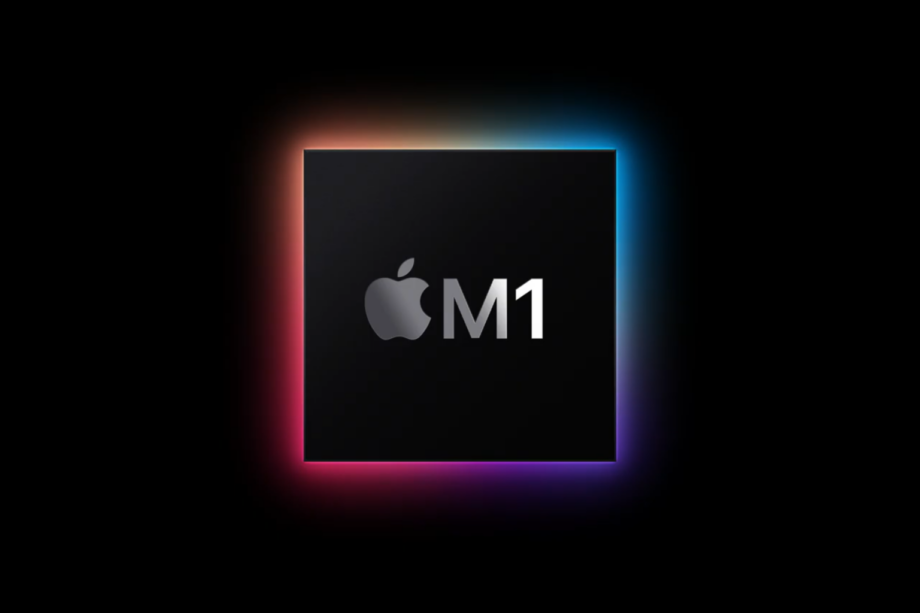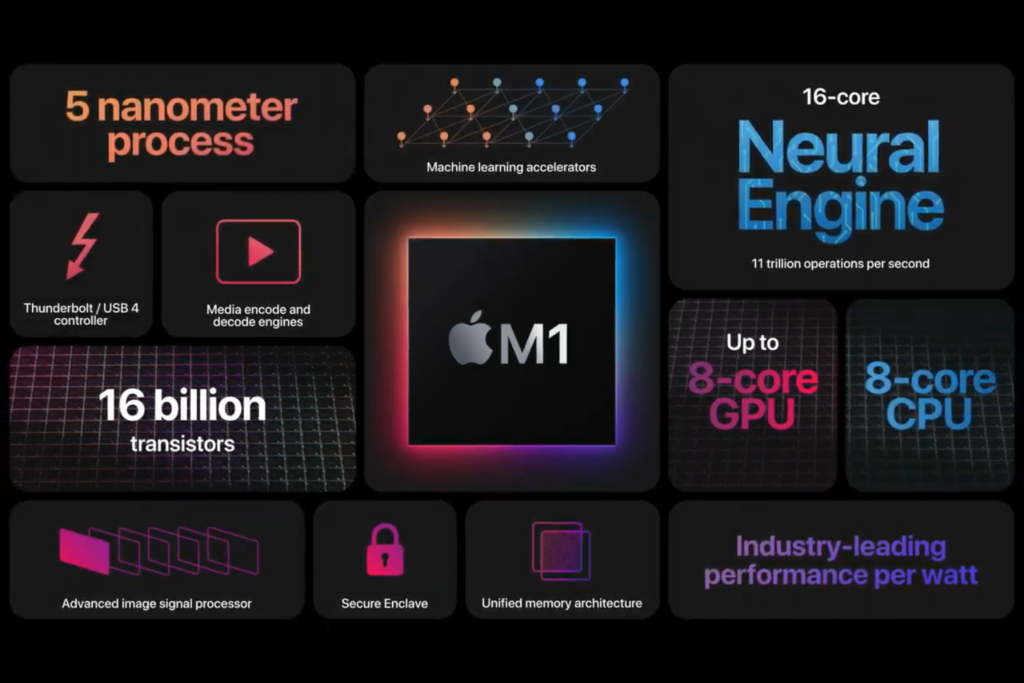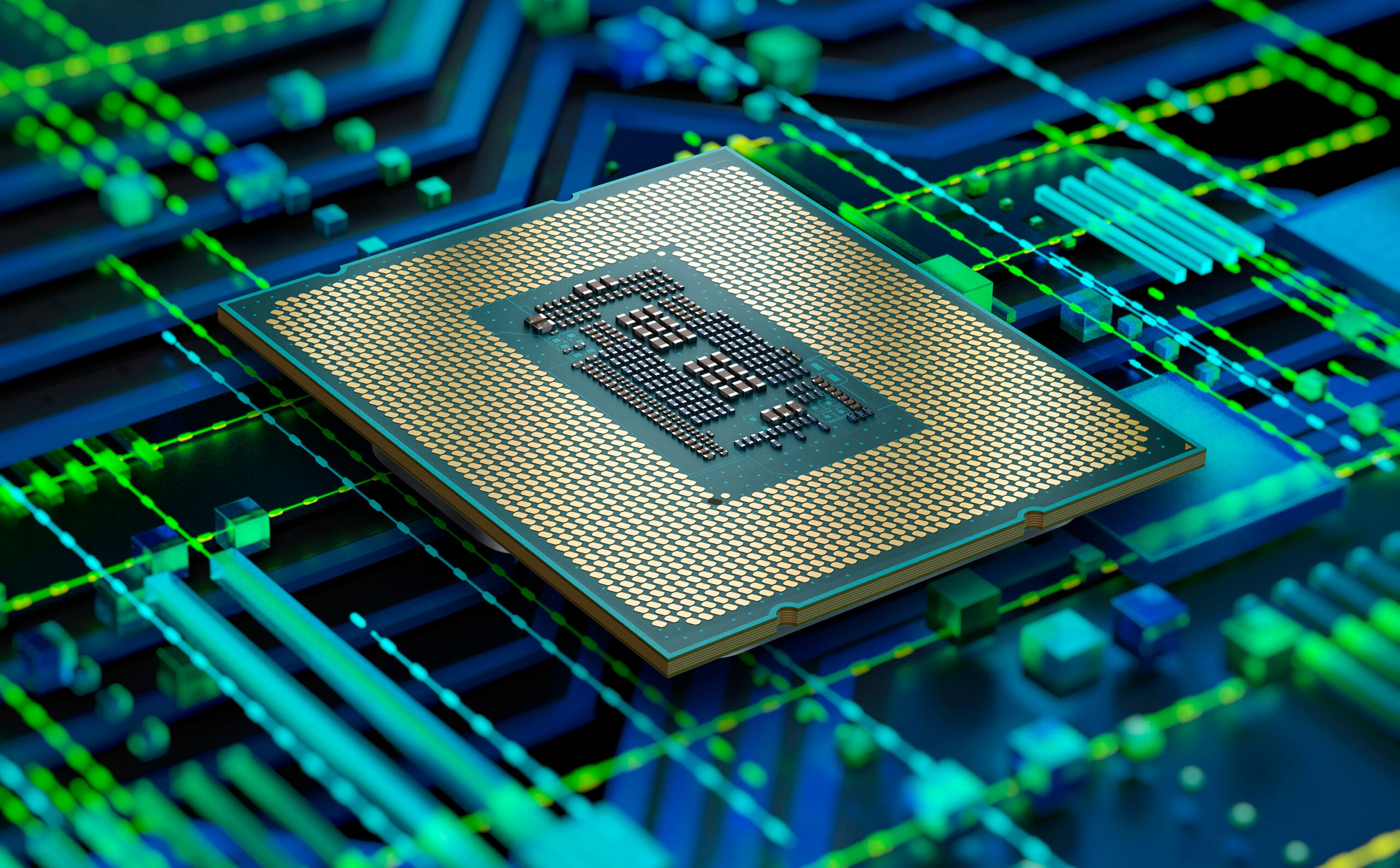What is the Apple M1 chip?

Apple M1 was the first Apple Silicon chip to hit the market following the company’s decision to move away from Intel’s CPUs.
It all started with the M1 chipset, which has now evolved into a range of processors; the M1 Pro, M1 Max, M1 Ultra and the M2 chips are now all available to consumers, albeit in various forms.
The M1 chip was first introduced in the 13-inch MacBook Pro 2021 and was designed to outperform the previous Intel processors. Now, we’ve also been treated to the latest M2 chipset, which Apple claims has an 18% CPU performance increase on the M1.
However, despite the release of the new processors, the M1 chip is still available and a great option for those looking for value. Keep reading to find out everything you need to know about the Apple M1 processors.
Which devices feature the Apple M1?
The Apple M1 chip is available in multiple Apple products, including the MacBook Air, aforementioned 13-inch MacBook Pro 2021, Mac Mini, iMac 2021 and the 12.9-inch iPad Pro 2021.
The iPad Air 2022 also boasts the M1 processor, which Apple claims provides a 60% CPU performance boost on the A14 Bionic, which was featured in the last-gen iPad Air.
Generally, the M1 chips are best used in devices that need a basic productivity performance, while the more advanced chips – like the M1 Pro, M1 Max and M1 Ultra – are saved for more powerful machines that need a lot more horsepower, such as the 16-inch MacBook Pro and the Mac Studio.
However, the M2 chip is also now on the market, and while it is more powerful than the M1, it can’t compete with the M1 Pro or M1 Max chipsets.
The M2 chips are being designed for use in Macs and iPads, and it’s believed that they will be treated as the beefed-up version of the M1 chipset, giving consumers the option for a more powerful chip without needing to buy an overly powerful device.
Specs
The M1 chipset has 8 CPU cores in total, featuring 4 performance cores (P-cores) and 4 efficiency cores (E-cores). The performance cores ensure that the device can stay powerful and utilise a long-lasting battery, while the efficiency cores ensure that it still being portable enough to go into a tablet or a laptop.
In terms of graphics, you can get the M1 with either 7 or 8 GPU cores, with the former offering more graphical power. Benchmark tests have proved the GPU to be impressive, however, it still offers mostly entry-level performance and it can’t compare to the other chips in the M1 lineup, like the M1 Ultra’s 64-core GPU.

Benchmarks
We have been able to run a few tests of our own on the M1 chipset to see what it’s truly capable of. We have been using Geekbench 5 for a lot of the tests, as it is a great indicator of what each M-Series chip is capable of in terms of processing power, as well as general performance.
However, it is important to note that the performance of a processor is subjective to a few other variables, such as the cooling solution being used in a laptop. With that in mind, we should treat the benchmarks scores below as a rough guide rather than conclusive scores.
| Geekbench 5: Single Core | Geekbench 5: Multi-Core | |
| Apple M1 | 1731 | 7308 |
| Apple M1 Pro | 1745 | 12,520 |
| Apple M1 Max | 1784 | 12,713 |
| Intel Core i7-1195G7 | 1556 | 5643 |
| Intel Core i7-12700H (12th-Gen) | 1748 | 9618 |
| AMD Ryzen 7 6800U | 1482 | 7509 |
Looking at the table above, we can see that the M1 chip outpaces the Intel core i7-1195G7 solution by quite a margin, in both the single-core and multi-core performance.
However, since we have tested the Huawei MateBook D 16, we now know how powerful the 12th-Generation Alder Lake processors are. The Intel Core i7-12700H processor outpaces the M1 in both the single-core and multi-core tests, proving that the performance gap is closing between the companies.
It also comes in just short in the multi-core category against the AMD Ryzen 6800U processor. Anyone looking for a massive performance increase should look toward the M1 Pro and M1 Max, which come in with double-digit scores in the multi-score benchmarks.
Despite this, the M1 chip is still speedy and offers fantastic performance, even if it is no longer the fastest processor around. The M1 priorities portability over performance, which is ideal for tablets and laptops alike.








